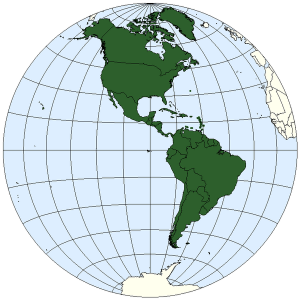While much attention has been given to the chikungunya outbreak in the Western hemisphere, and for good reason, another mosquito borne virus has infected and killed more people in the Americas so far in 2014.

Public domain image/ E Pluribus Anthony
The number of dengue fever cases reported in North, Central and South America and the Caribbean has exceeded the one million case mark according to new data released by the Pan American Health Organization (PAHO) today.
The total number of cases stands at 1,060,441 suspected and confirmed cases. Brazil again leads all countries with nearly 700,000 cases, or 65 percent of all cases in the Western hemisphere.
This should come as no surprise as the largest country in South America reported more than 1.4 million cases alone in 2013 (there were 2.3 million cases total in all the Americas).
The country recording the second most cases was Colombia, which tallied some 95,000 dengue fever cases to date.
There were 431 fatalities associated to dengue this year to date, with Brazil accounting for 261 of them.
The United States has laboratory confirmed and reported 172 cases so far with 98.8% of the cases classified as imported. For more infectious disease news and information, visit and “like” the Infectious Disease News Facebook page
Dengue is an infectious disease caused by the dengue virus (DENV). There are 4 serotypes called DENV-1, DENV-2, DENV-3 and DENV-4. Infection with one serotype produces lifelong immunity against that serotype reinfection. Successive infection with two different serotypes is a risk factor for developing the severe forms of the disease.
All serotypes have been isolated in the Americas. In several countries they circulate simultaneously, creating a serious risk for an epidemic.

